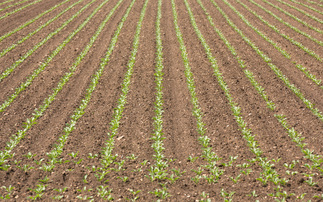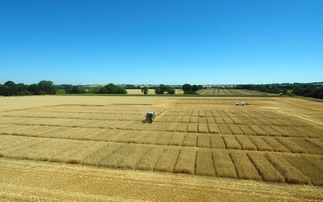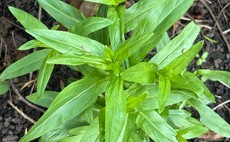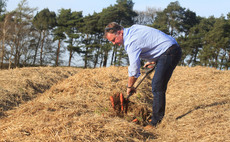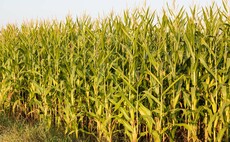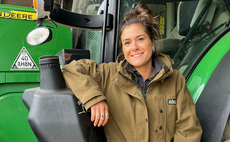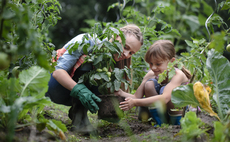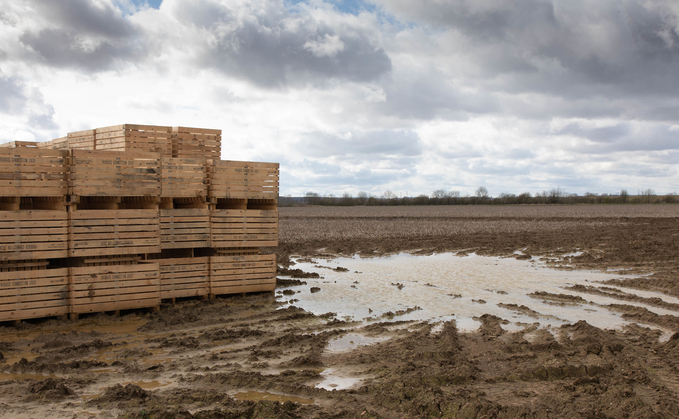
South Lincolnshire-based potato storage expert, Adrian Cunnington, warns that the risk of reduced tuber quality increases through November and December.
He says: "Even growers on lighter soils are struggling to lift potatoes with self-propelled potato harvesters as there is no structure in the soil to support the machines."
Scarborough-based independent agronomist, John Sarup advises growers to wait for dry weather windows, "Otherwise [growers] get the challenge of spending a lot of money to lift few potatoes in a day and sometimes these increased costs can out-weigh the value of the crops.
"As long as we don't get any frosts, I do expect those potatoes to come out of the ground."
Read more: Top tips to maximise potato sprout suppression
Next challenge
Where crops cannot be lifted within the next few weeks, Mr Sarup says the next challenge will be harvesting without bruising.
"The wetter the soil, the more agitation the harvesters need to clean the crop, particularly if soil temperatures are getting lower and this predisposes the tubers to increased bruising," he says.
Mr Cunnington warns tubers are also susceptible to sugaring which will affect the suitability for processing markets.
He says: "The potatoes may accumulate sugars which will make the fry colours darker, so for the chip shop trade this is a real challenge.
"I do fear some crops won't get out of the ground this side of the winter, whether they survive the winter will depend on what weather we get.
Read more: Storms hit potato harvest
Post-lifting advice
Any potatoes being lifted out of wet or waterlogged soils need to be dried immediately and have a lot of air pulled through the crop.
Mr Cunnington says: "It is no good putting the crop in a box and not forcing air through it, it is important to have some sort of facility to dry the crop if you want any hope of keeping it.
"Otherwise, it has to be moved on pretty much as it comes off the field as it is not going to store satisfactorily if it has been waterlogged."








